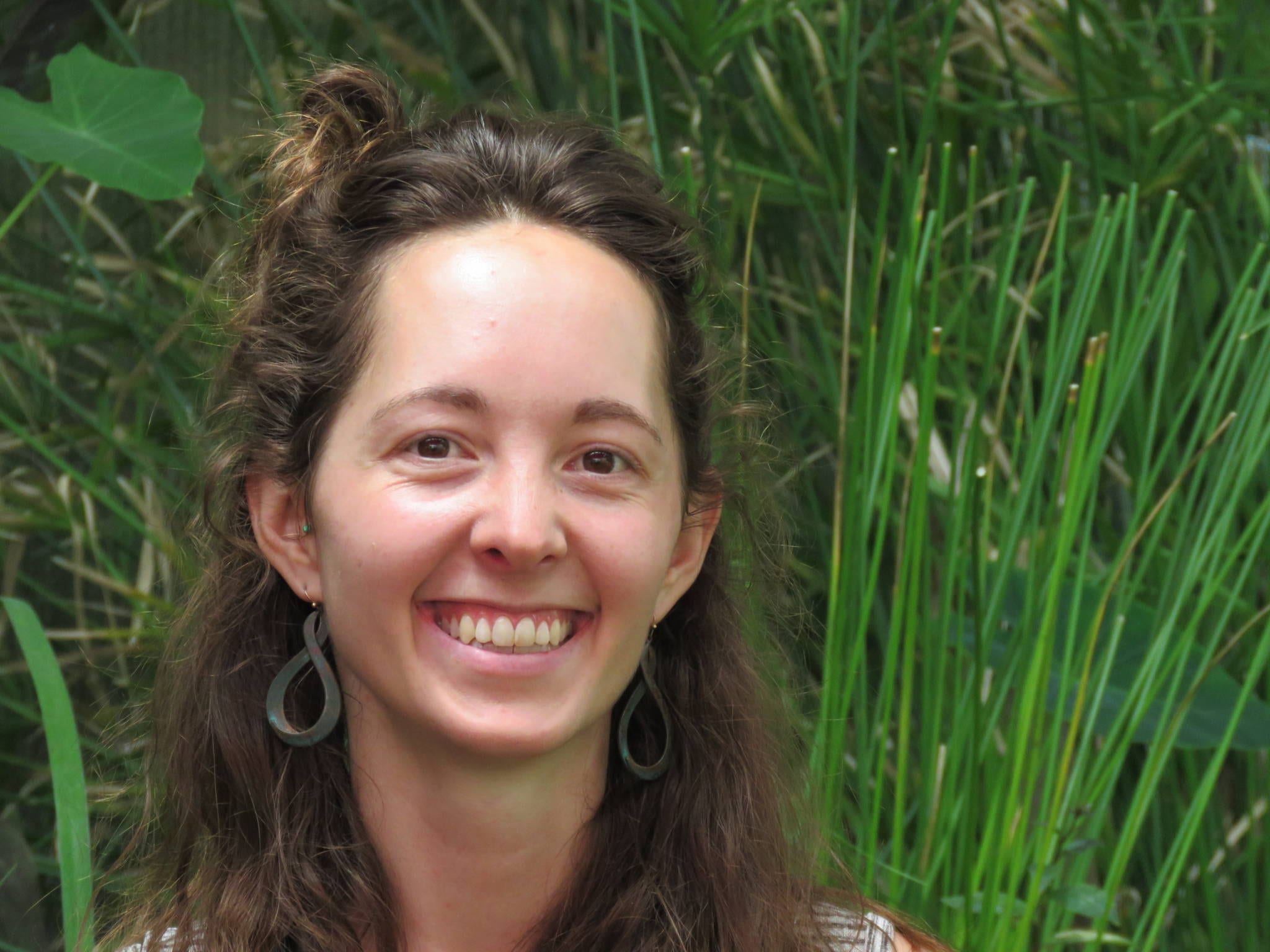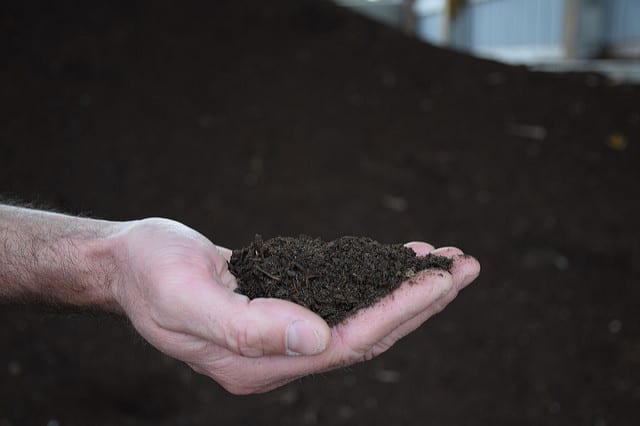
Soil amendment for the health of your garden using these three nutrients
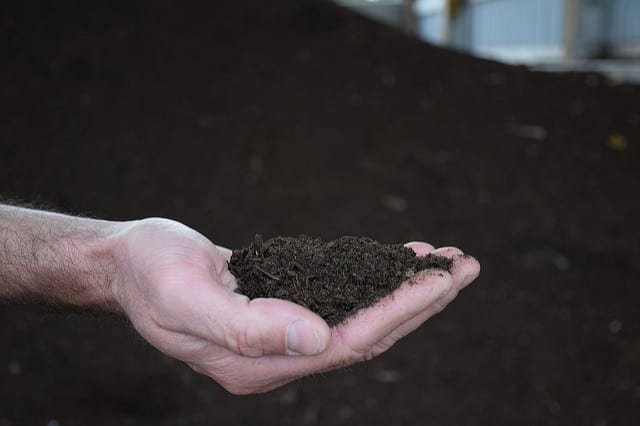
If you want to ensure the longevity of your garden beds, soil amendment is crucial. Ideally, if you’re keeping up with cover cropping and crop rotation you won’t need to do soil amendment too often. However, it is inevitable! Some common reasons to amend your soil are:
- You’ve tested your soil pH and it’s come back extremely acidic or basic (recommended pH 6.5-7.3),
- You’re experiencing vegetable diseases and/or lack of fruiting,
- You’re looking for materials that will enhance aeration, structure, & moisture retention, or
- You desire a healthier environment for beneficial insects to thrive.
When do I amend my soil?
Regardless of whether you’re amending existing or new beds, a general rule of thumb is to add ⅓ material to your existing ⅔ topsoil. The best times for soil amendment are a week prior to seeding, ie: before your spring planting (January/February) and before your autumn planting (August/September).
How much amendment do I add?
Please keep in mind that adding MORE amendment than necessary does NOT mean your soil will be better off. Adding the recommended doses of soil amendment is crucial to a balanced soil ecosystem.
Top three nutrients to amend your soil
The top three nutrients to amend your soil are Nitrogen (N), Phosphorus (P), and Potassium (K). These minerals are the most heavily used by plants and thus, will most commonly be depleted from your soil.
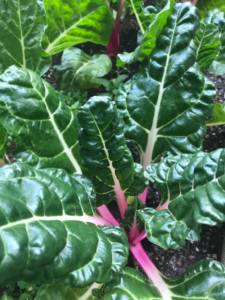
#1- Nitrogen (N):
Nitrogen is a nutrient that promotes strong stem and leaf growth, as well as the production of amino acids and proteins. Some examples of soil amendments that are high in Nitrogen include:
- Fish emulsion
- Mulch & aged bark
- Cottonseed
- Seabird guano
- Feather meal
- Blood meal
- Alfalfa meal
- Cover crops such as rye grass, oats, and beans
*Note: It’s recommended to not over fertilize with Nitrogen soil amendments going into the winter as low light and cool soil temperatures decrease Nitrogen uptake.
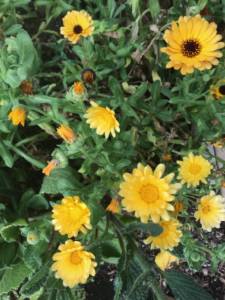
#2- Phosphorus (P):
Phosphorus is a nutrient that promotes flower, fruit, & root growth. It is also beneficial to help with disease resistance. Some examples of amendments that are high in Phosphorus include:
- Ground rock phosphate
- Fish emulsion
- Kelp
- Happy Frog
- Bat guano
- Bone meal
#3- Potassium (K):
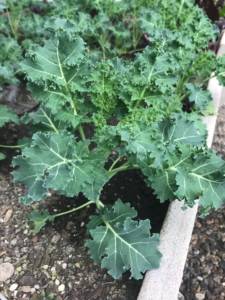
Potassium is a nutrient that promotes the overall health of a plant. It also helps regulate water retention and aeration within the soil ecosystem. Some examples of amendments that are high in Potassium include:
- Kelp
- Seaweed
- Fermented banana peel and water spray
- Wood ashes
- Coffee grounds
- Bat guano
Soil amendments for air and moisture balance:
- Vermicompost (provides moisture retention and has a complete nutrition composition)
- Organic Cotton Burr or Cotton Boll (is a soil conditioner and provides aeration & disease prevention)
- Perlite (provides moisture retention and proper drainage)
- Compost (provides moisture retention and has a complete nutrition composition)
- Coconut coir (helps with moisture retention)
Soil amendments for pH balance:
- Raise pH: oyster shells, lime, diatomite rock
- Lower pH: sulfur
Soil amendments for an overall nutrient boost:
- Biochar (is also high in carbon)
- Egg shells
- Azomite
- Alfalfa meal (is also a compost catalyst)
Please contact us if you’d like to get more information on Growing Domes. Or to receive more informative gardening and Growing Dome articles, please sign up for our monthly Newsletter “The Happy Grower”.
